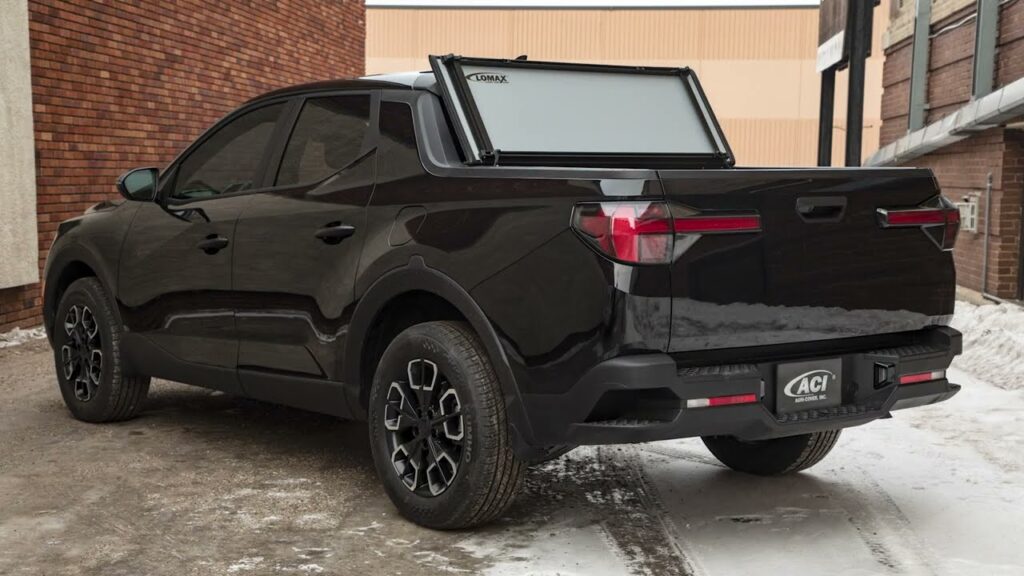How to install a hard truck cover may vary depending on the brand and model, but most hard truck cover installation processes follow some basic steps. Here is a general installation guide:
1. Preparation:
– Make sure you have all the necessary tools, which usually include screwdrivers, wrenches, drills, etc.
– Read and understand the installation instructions provided by the manufacturer.
– Clean the edges of the truck bed and ensure that the installation area is clean and dust-free.
2. Install the brackets:
– Attach the mounting brackets to the edges of the truck bed according to the instructions.
– Make sure the brackets are evenly spaced and firmly fixed.
3. Install the cover:
– Place the hard cover on the truck bed and align the brackets.
– Attach the cover to the brackets using the provided hardware according to the manufacturer’s instructions.
4. Adjustment and calibration:
– Check that the cover covers the truck bed evenly with no visible gaps.
– Adjust the position of the cover to ensure that it opens and closes smoothly.
– If necessary, adjust the brackets to ensure that the rear lid is flush with the edge of the vehicle bed.
5. Install the weatherstrip:
– Install the weatherstrip on the edge where the rear lid meets the vehicle bed to prevent water and dust from entering.
6. Install the lock:
– If the rear lid is equipped with a lock, install it according to the instructions and test the lock’s function.
7. Final check:
– Make sure all screws and fixings are tightened.
– Check that the rear lid opens and closes smoothly.
– Confirm the sealing performance of the rear lid and make adjustments if necessary.
The difficulty of installing a hard truck tonneau depends on several factors:
1. Tonneau type and design: Some types of hard tonneau covers, such as roller shutters or hatchbacks, may be relatively simple to install because their design allows for step-by-step installation and adjustment. One-piece hard tonneau covers may require more steps and precision to ensure correct installation.
2. DIY skill level: For experienced DIY users with certain mechanical and assembly skills, the installation process may be relatively easy. For users without relevant experience, the installation process may be more challenging.
3. Installation instructions and tools provided: If the product comes with a detailed installation guide and all the tools needed, the installation process will be smoother. Lack of clear instructions or necessary tools may increase the difficulty of installation.
4. Whether professional tools are required: Some hard back covers may require professional tools to install, such as torque wrenches, special screwdrivers, etc. If these tools are not available, you may need to rent or seek professional installation services.
5. Vehicle model and compatibility: If the back cover is designed for a specific model, the installation process is usually easier because all the dimensions and interfaces are matched. If it needs to be modified or adjusted to fit the vehicle, the installation difficulty will increase.
6. Installation time:
– Simple back covers may only take a few hours to install, while more complex designs may take a whole day or longer.
7. Whether additional assistance is required: For heavier or larger back covers, multiple people may be required to assist in the installation to ensure safe and correct installation.
The above is the knowledge sharing about the installation of hard tonneau cover. If you need to purchase hard tonneau cover, it is recommended that you purchase OSIAS’s hard tonneau cover f150. This product has a very high cost performance.
